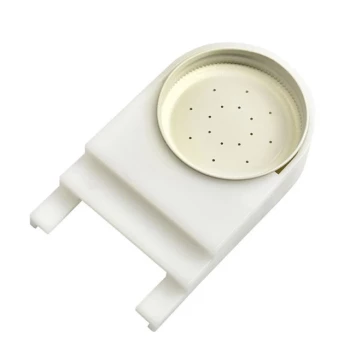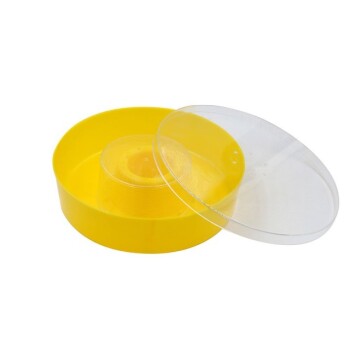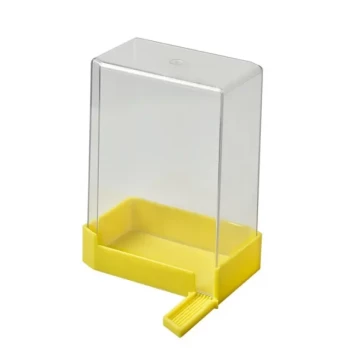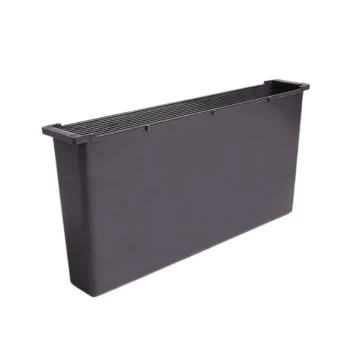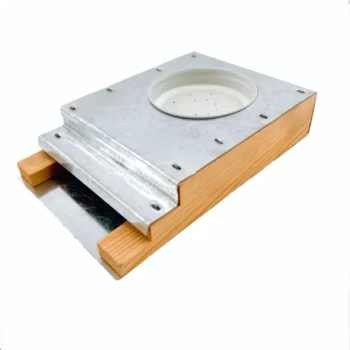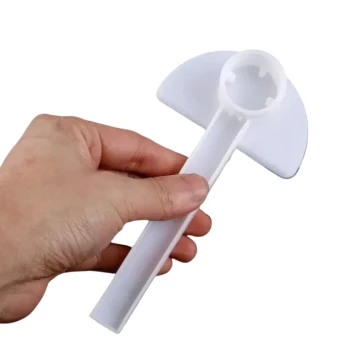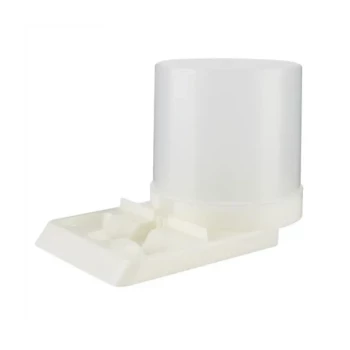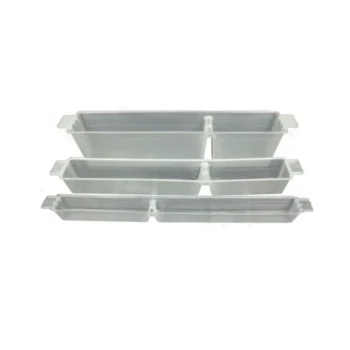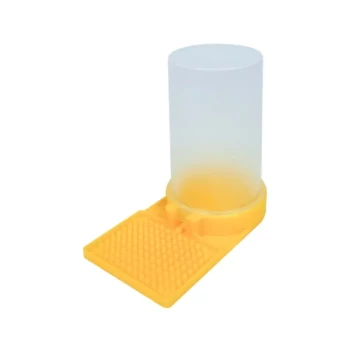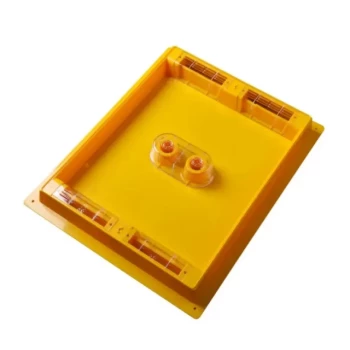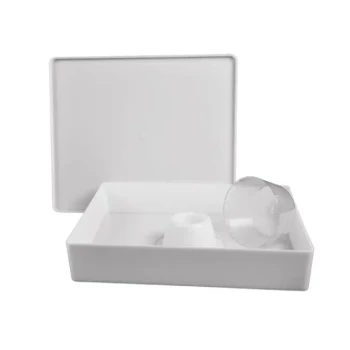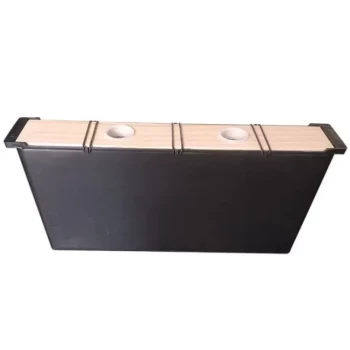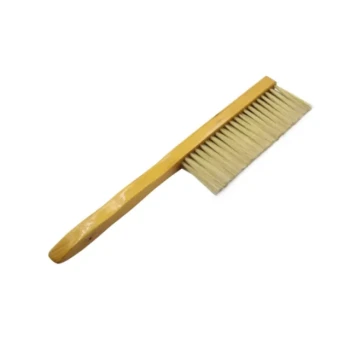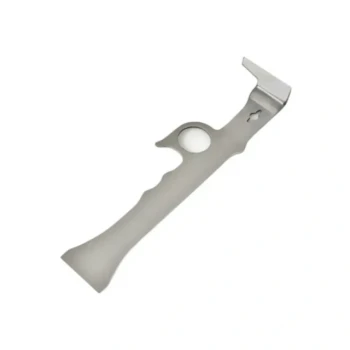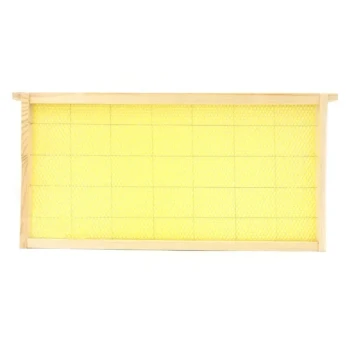To properly feed a new bee colony, you must provide a continuous supply of sugar syrup to fuel their initial development. Your primary task is to monitor their consumption, ensuring they never run out, and continue this support until they have built enough wax comb and stored sufficient resources to become self-sufficient.
Feeding a new colony isn't just about preventing starvation; it's a strategic investment. You are providing the critical fuel bees need to perform the energy-intensive tasks of building wax comb and raising the first generation of brood, which are the foundational pillars of a thriving hive.
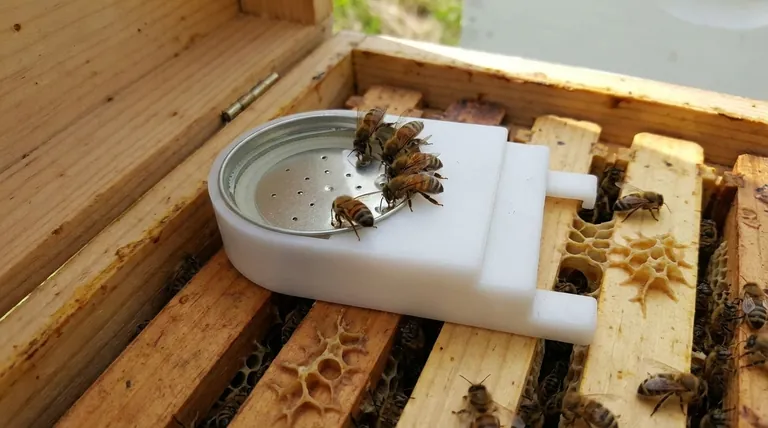
Why New Colonies Require Intensive Feeding
A newly installed package or nucleus hive is in a uniquely vulnerable state. They have a limited workforce, no stored food, and most importantly, no "infrastructure" in the form of drawn wax comb.
The Foundational Cost of Wax
Bees must consume large quantities of sugar to produce wax. It is an energy-expensive process essential for creating the hexagonal cells needed for raising young bees and storing food.
Without your supplemental feeding, this initial construction phase is dramatically slower, leaving the colony exposed to risk for a longer period.
Fueling the First Brood Cycle
The queen cannot begin laying eggs at her full potential until the worker bees provide her with empty, drawn-out cells.
Feeding accelerates this process, allowing the queen to establish a brood nest quickly. This ensures a new generation of worker bees will emerge to replace the original, aging population.
Bridging the Forager Gap
A new colony has very few bees of foraging age. Feeding supports the hive internally, so the existing workers can focus on comb building and brood care until a new, robust forager force develops.
What and How to Feed Your Bees
The goal is to simulate a natural nectar flow, providing a consistent and easily accessible energy source.
The Standard Fuel: 1:1 Sugar Syrup
The ideal food for stimulating a new colony is a 1:1 sugar-to-water syrup. This ratio is easy for bees to process and closely mimics the consistency of natural nectar, encouraging rapid consumption and wax production.
To make it, simply mix one part granulated sugar with one part hot water by either weight or volume until the sugar is fully dissolved. Do not boil the water, as this can caramelize the sugar.
Feeder Type and Placement
Several types of feeders exist, such as entrance, frame, or top feeders. The specific type is less important than its function: providing food without drowning the bees and without inciting robbing from other hives.
Place the feeder inside the hive or at the entrance to ensure only your bees can access the resource.
Consistency is Crucial
A new colony's progress is directly tied to the availability of food. An empty feeder, even for a day or two, can halt all comb construction and brood rearing.
Check the feeder every few days and refill it before it runs dry. This continuous supply is the key to rapid and successful colony establishment.
Knowing When to Stop Feeding
Feeding is a temporary support system. Knowing when to stop is just as important as knowing when to start.
The Primary Goal: Drawn Comb
Your first major milestone is when the bees have fully drawn out all the frames in their first brood box. This means they have built the necessary infrastructure to function as a colony.
At this point, you can begin to assess their progress and the availability of natural resources.
Observing the Natural Nectar Flow
Once local flowers begin to bloom, your bees may prefer natural nectar over your syrup. If you notice they are ignoring a full feeder, it is a clear sign that they are self-sufficient.
Continuing to feed during a strong nectar flow is unnecessary and can be counterproductive.
Assessing Long-Term Stores
After the comb is drawn, the goal shifts to ensuring the colony has enough stored honey to survive the winter. A common benchmark is the equivalent of 10 deep frames or 15 medium frames full of honey.
If they have drawn their comb but natural forage is sparse, continue feeding until they have reached this target for winter preparedness.
How to Apply This to Your Project
Your feeding strategy should adapt to your colony's specific stage of development and the conditions of your local environment.
- If you just installed a new colony: Feed a continuous supply of 1:1 sugar syrup until all frames in the first brood box are fully drawn with comb.
- If your colony has drawn comb but lacks food stores: Continue feeding until they have built up sufficient honey reserves for the coming season or winter.
- If there is a strong natural nectar flow: Reduce or stop feeding to allow the bees to collect natural forage and prevent them from storing syrup in the honey supers.
Ultimately, your role is to provide the support your bees need to build a strong, self-reliant, and productive hive.
Summary Table:
| Feeding Stage | Primary Goal | Key Action |
|---|---|---|
| Initial Installation | Stimulate wax comb construction and brood rearing | Provide continuous 1:1 sugar syrup |
| After Comb is Drawn | Build sufficient food stores for self-sufficiency | Assess natural forage; feed if stores are low |
| During Strong Nectar Flow | Prevent syrup from being stored in honey supers | Reduce or stop feeding entirely |
Equip your apiary for success with HONESTBEE. Just as proper feeding is crucial for a new colony's foundation, having the right, high-quality equipment is essential for long-term hive health and productivity. We supply commercial apiaries and beekeeping equipment distributors with the durable, reliable supplies needed to support strong colonies from installation to harvest. Contact our wholesale experts today to discuss your equipment needs and how we can help your operation thrive.
Visual Guide
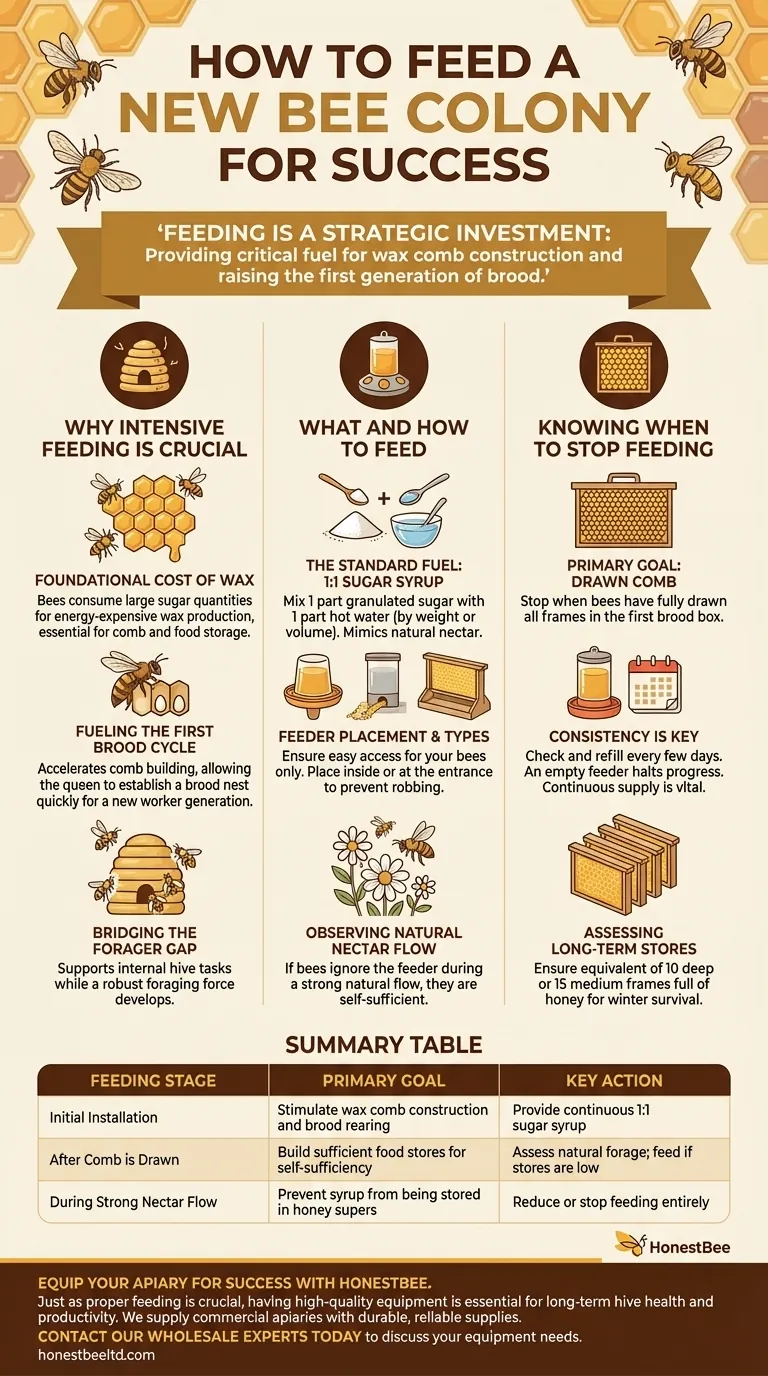
Related Products
- Classic Boardman Entrance Bee Feeder Hive Front Feeding Solution
- HONESTBEE Round Hive Top Bee Feeder for Syrup
- Professional Hive Front Entrance Bee Feeder
- Professional In-Hive Bee Feeder HONESTBEE Frame for Beekeeping
- Boardman Entrance Bee Feeder Durable Galvanized Steel and Wood Construction for Beekeeping
People Also Ask
- What types of bee feeders are available for beginners? Start with the Simple Entrance Feeder
- What are the different types of honey bee feeders? Choose the Right Feeder for Your Hive
- Should bees be fed after installing a nucleus hive? Ensure Your New Colony Thrives
- How quickly does a medium to strong colony usually empty a feeder? A Beekeeper's Guide to Hive Health
- What is a common problem with hive front feeders? Avoid Robbing Frenzies and Protect Your Hives
